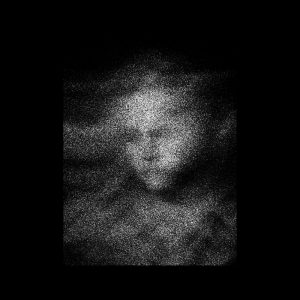Adrian Woolfson in Nature:
 Globally, the burden of depression and other mental-health conditions is on the rise. In North America and Europe alone, mental illness accounts for up to 40% of all years lost to disability. And molecular medicine, which has seen huge success in treating diseases such as cancer, has failed to stem the tide. Into that alarming context enters the thought-provoking Good Reasons for Bad Feelings, in which evolutionary psychiatrist Randolph Nesse offers insights that radically reframe psychiatric conditions. In his view, the roots of mental illnesses, such as anxiety and depression, lie in essential functions that evolved as building blocks of adaptive behavioural and cognitive function. Furthermore, like the legs of thoroughbred racehorses — selected for length, but tending towards weakness — some dysfunctional aspects of mental function might have originated with selection for unrelated traits, such as cognitive capacity. Intrinsic vulnerabilities in the human mind could be a trade-off for optimizing unrelated features.
Globally, the burden of depression and other mental-health conditions is on the rise. In North America and Europe alone, mental illness accounts for up to 40% of all years lost to disability. And molecular medicine, which has seen huge success in treating diseases such as cancer, has failed to stem the tide. Into that alarming context enters the thought-provoking Good Reasons for Bad Feelings, in which evolutionary psychiatrist Randolph Nesse offers insights that radically reframe psychiatric conditions. In his view, the roots of mental illnesses, such as anxiety and depression, lie in essential functions that evolved as building blocks of adaptive behavioural and cognitive function. Furthermore, like the legs of thoroughbred racehorses — selected for length, but tending towards weakness — some dysfunctional aspects of mental function might have originated with selection for unrelated traits, such as cognitive capacity. Intrinsic vulnerabilities in the human mind could be a trade-off for optimizing unrelated features.
Similar ideas have surfaced before, in different contexts. Evolutionary biologists Stephen Jay Gould and Richard Lewontin, for example, critically examined the blind faith of ‘adaptationist’ evolutionary theorizing. Their classic 1979 paper ‘The spandrels of San Marco and the Panglossian paradigm’ challenged the idea that every aspect of an organism has been perfected by natural selection (S. J. Gould et al. Proc. R. Soc. Lond. B 205, 581–598; 1979). Instead, like the curved triangles of masonry between arches supporting domes in medieval and Renaissance architecture, some parts are contingent structural by-products. These might have no discernible adaptive advantage, or might even be maladaptive. Gould and Lewontin’s intuition has, to some extent, been vindicated by molecular genetics. Certain versions of the primitive immune-system protein complement 4A, for instance, evolved for reasons unrelated to mental function, and yet are associated with an increased risk of schizophrenia.
More here.
